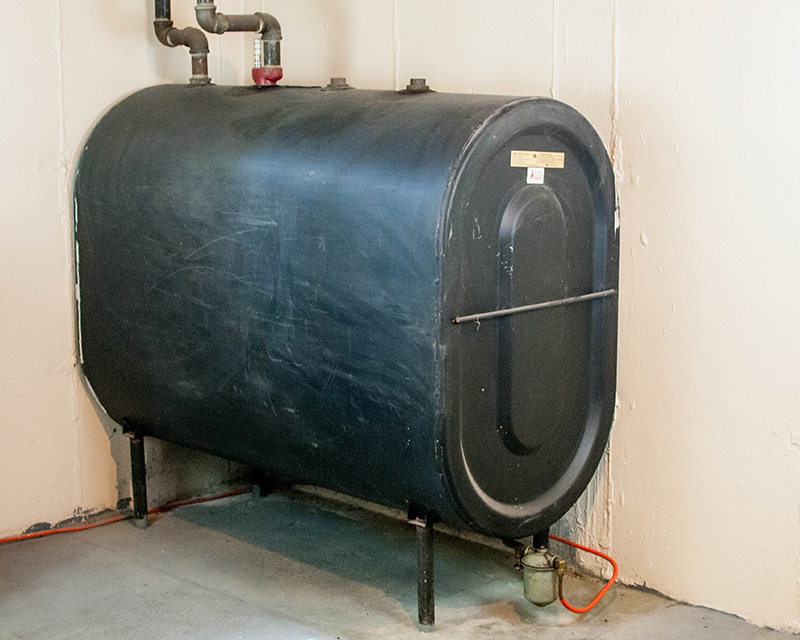Oil tanks are frequently overlooked by homeowners, but they are essential to the safety and functionality of their residences. It is the duty of property owners to maintain and take care of their heating system and storage container. If you don’t take care of your responsibility, it could result in grave environmental and financial problems in the near future.

One of the main factors to take into consideration when it comes to maintenance of oil tanks is knowing when it’s time for replacement. While proper maintenance can prolong the life of an oil storage tank It is a given that all tanks will need to be replaced. The cost of replacing an oil tank is contingent on a variety of factors, including the type and size of tank, its place of installation, and how complex the installation process is.
The cost of replacing the oil tank for 275-gallon varies from $1500 to $3600, depending upon the factors mentioned. However, it is crucial to remember that certain installation costs may not be included in the estimate like permits, labor, and removal of the tank that was previously used.
Costs for replacing the oil tank could be expensive, but they are not as expensive when you consider the cost of not ignoring the old tank. Leaks within an oil tank could cause significant environmental damage in addition to fines and legal liabilities for the property owner. In the winter months, the leaky tank could cause a loss in heat which could be expensive and hazardous to repair.
To prevent this from happening to avoid this, it is recommended that you perform regular maintenance and inspections of your oil tank. This includes visual inspections every year, cleaning and leak monitoring. It’s essential to resolve any problems as soon as possible in order to save on costly repairs in the future.
There are a myriad of choices to consider when replacing your oil tank. Above-ground and below-ground oil tanks are the two most well-known types. Above-ground tanks are generally smaller in cost and easier to set up by installers, but can look more unattractive. Installing tanks below ground can be expensive, but they provide a more subtle appearance.
It is crucial to choose an experienced and reliable oil tank replacement service in order to ensure a secure and safe installation. Professional installers will ensure the tank is properly installed and dispose of any hazardous substances used in the installation.
Alongside regular maintenance and proper installation in addition to regular maintenance and proper installation, there are other things that property owners may do to help extend the lifespan of their oil tank. These include:
1. Make sure the tank is filled. A full tank can stop corrosion by the prevention of condensation.
2. Utilizing high-quality fuel: Using high-quality fuel can help prevent formation of sediments in tanks that can cause corrosion and clogs in the fuel lines.
3. Keep the area around the tank clean. If you keep the area free of dirt, you’ll protect your tank from damage. Additionally, you will find it easier to inspect and maintain.
4. Monitoring for leaks Checking for leaks regularly could help you identify problems in the early stages, before they become more significant and expensive to repair.
Every property owner with an oil-fired heating system should think about replacing the oil tank. While the expense of replacing will vary based on a number of factors, neglecting a failing tank can lead to significant environmental and financial damages. Making sure you are on top of regular maintenance and inspections, as well selecting a reliable and competent installer, will to ensure a secure and efficient installation that will provide an efficient heating system for the years to come.
For more information, click oil tank replacement cost